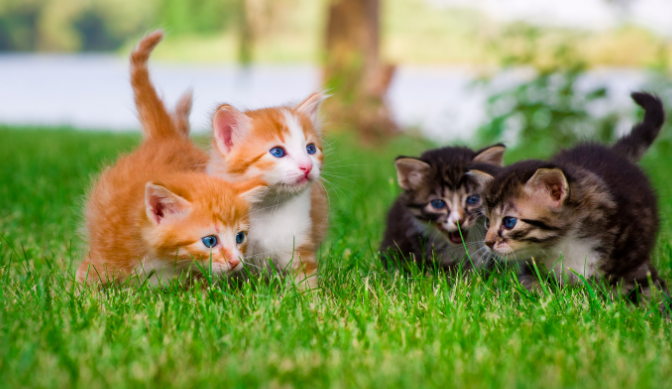Last Updated on June 8, 2023 by Fumipets
A Potential Breakthrough in Feline Contraception: Gene Therapy
In the vast world of domestic cats, a staggering 80 percent of the estimated 600 million are stray or feral1. These creatures grapple with numerous challenges, including traffic hazards, diseases, and predators.
Feral cats can upset the balance of local ecosystems and lead to overcrowding at animal shelters. However, a revolutionary new approach to feline contraception, using gene therapy, could offer an efficient and safe alternative to traditional methods.
Gene Therapy and Its Potential
Recently, a study in Nature Communications revealed that a single dosage of anti-Müllerian hormone (AMH) gene therapy can induce long-lasting contraception in domestic cats.
AMH is a hormone that naturally occurs in the reproductive organs of both male and female mammals. Previous studies have explored its potential to safeguard the ovarian reserve in chemotherapy patients.
This research laid the groundwork for the discovery that increasing AMH levels beyond a certain point can effectively suppress ovulation and prevent conception.
The research team created an adeno-associated viral (AAV) gene therapy vector that holds a slightly modified version of the feline AMH gene. Similar AAV vectors have already been approved for use in human therapies by the Food and Drug Administration.
David Pépin, the associate director of the Pediatric Surgical Research Laboratories at Massachusetts General Hospital and an associate professor at Harvard Medical School, explained that “a single injection of the gene therapy vector causes the cat’s muscles to produce AMH, which is normally only produced in the ovaries, and raises the overall level of AMH about 100 times higher than normal”.
Encouraging Study Results
In the experiment, six female cats were given two different doses of gene therapy, while three cats served as controls. Following two four-month mating trials with a male cat, and monitoring the female cats for over two years, the results were intriguing.
None of the gene therapy-treated cats became pregnant, but all control cats did. Even the cats’ vital hormone, estrogen, was unaffected by this treatment, ensuring healthy ovarian follicle development and ovulation.
The Path Forward
Philippe Godin, a veterinarian and research fellow at Massachusetts General Hospital, said, “The treatment maintained high AMH levels for over two years, and we’re confident that those contraceptive levels will be sustained in the animals for much longer”.
However, he acknowledged that further studies with larger cat populations are necessary to validate these promising findings.
The potential of gene therapy for feline contraception could reshape the way we manage the overpopulation of stray and feral cats.
As gene therapy continues to rise in human medicine, the infrastructure needed to mass-produce this contraceptive treatment will likely develop, making it a feasible solution for managing unowned outdoor cat populations.


















